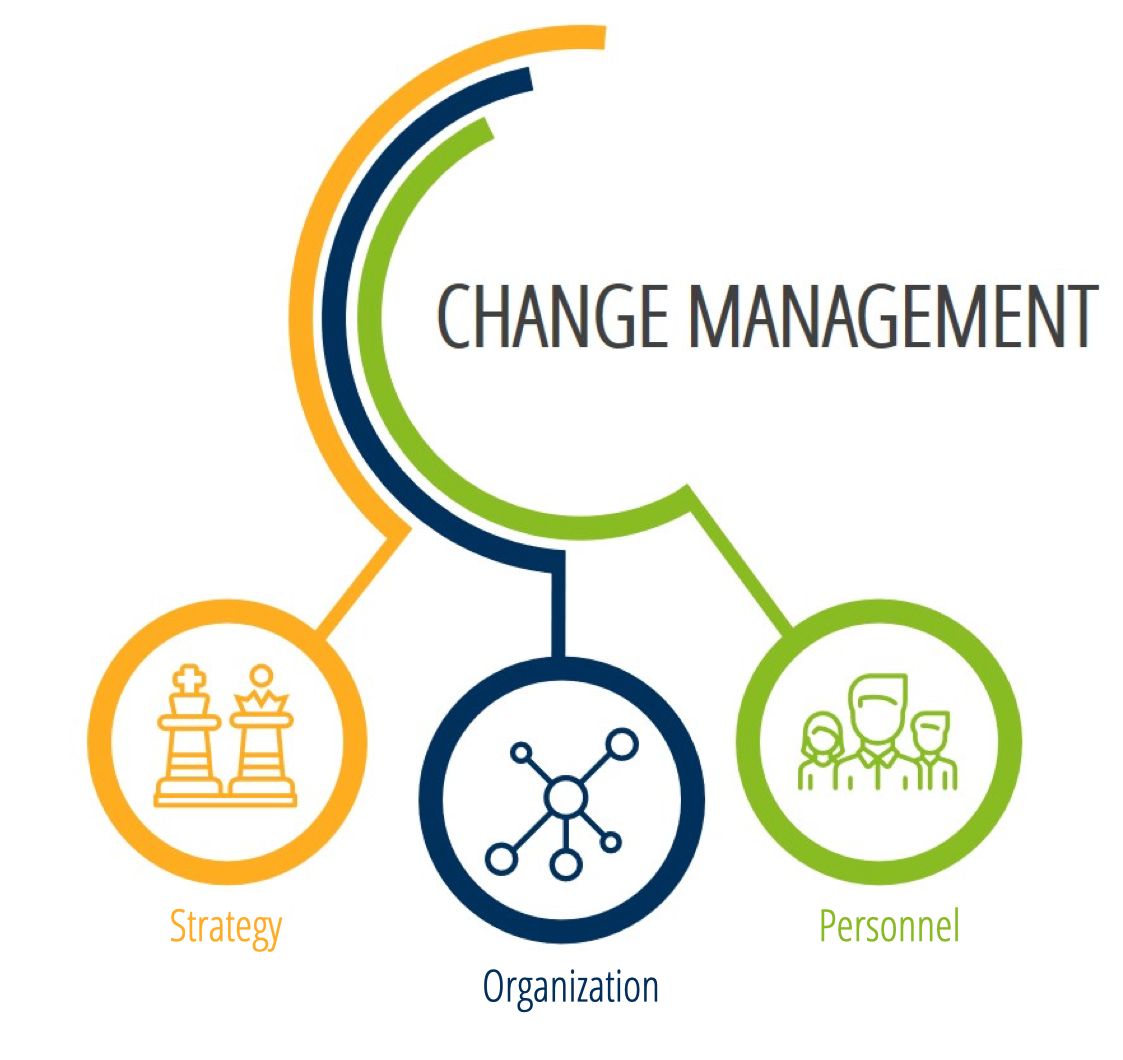“When the winds of change blow, some people build walls and others build windmills.“
– Chinese proverb

“When the winds of change blow, some people build walls and others build windmills.“
– Chinese proverb
Change does not necessarily mean change. Therefore, change management should not be spoken of indiscriminately.
We differentiate change in organizations according to three orders. In each case, we take into account different initial situations and different goals – as well as the fact that each of these situations and goals places different demands on management.
As a matter of fact, organizations are constantly undergoing processes of change. They perceive impulses from the environment and adjust their processes. Organizations are permanently in motion, without having to initiate a concrete and targeted change process or significantly alter existing structures. We speak of dynamic stability, or so-called 1st order change, in the case of evolutionary change processes that are constantly taking place.
If this evolutionary further development is no longer sufficient to secure the future viability of the organization, other forms of change and, therefore, other forms of change management become necessary:
The 2nd and 3rd order change results in four basic types of change. These are based on different initial situations and require different routines and tailored procedural concepts in the context of change management in order to meet the respective change requirements. As soon as there is any active intervention in existing routines, completely new dynamics arise that need to be managed.




Own representation based on: Reith, F. V. D., & Wimmer, R. (2014). Organisationsentwicklung und Change-Management. Praktische Organisationswissenschaft. Lehrbuch für Studium und Beruf, 2, 139-166, p. 148
Read more about the types of change in systemic organizational consulting.
As an expert for profound organizational transformation processes in a strategic context, S&P Consulting focuses on 3rd order change processes. Based on systemic organizational theory, S&P Consulting enables organizations to anticipate and adapt to the dynamic and disruptive developments in their relevant environments and to exploit them for their own benefit.
Essential to change management, as we see it, is the establishment of comprehensible and transparent structures for change – the so-called intervention architecture. This aims to go beyond the acute cause of change and to bring about a shift in the way change is handled. At the same time, organizational development must be effectively interlinked with human resources development to ensure that key players have the necessary competencies and qualifications to cope with organizational requirements.
While the term “architecture” may sound very rigid, the practical approach is actually characterized by many iterative processes of reflection and adaptation in order to meet the ever-changing requirements in the everyday business of our customers’ organizations.
As systemic organizational consultants, we know that organizations cannot be changed from the outside. Therefore, we create a consulting system that links the organization with the consultants. Different teams and communication routines are established, in which impulses are brought in by the consultants and discussed with representatives from the client company. These impulses are then evaluated and well-founded decision proposals are worked out. The decisions themselves, however, are ultimately made by the decision-makers in the client company alone; the implementation of the decisions is also the responsibility of the managers and employees in the respective organizational areas. The S&P Consulting team monitors the processes and, if necessary, intervenes via the consulting system to prevent a relapse into old patterns and to redirect the focus back to the adopted goal.
The tailored intervention architecture in combination with the consulting system is designed to enable the organization to start and manage the change process “with the engine running” – a parallel shouldering of day-to-day business and change. In this way, the organization’s patterns of observation and evaluation are analyzed and challenged, while at the same time new routines of communication and collaboration are tested.
In this process, structures and routines are established in organizations that allow the current change process to be shaped – change management. In addition, S&P Consulting consolidates structures and processes within the framework of accompanying change management, which makes it easier for organizations to recognize change and organizational development needs in the long term, to initiate their processing, and to accompany them independently.
 Frédéric SedlákSenior Consultant | HR Management
Frédéric SedlákSenior Consultant | HR Management